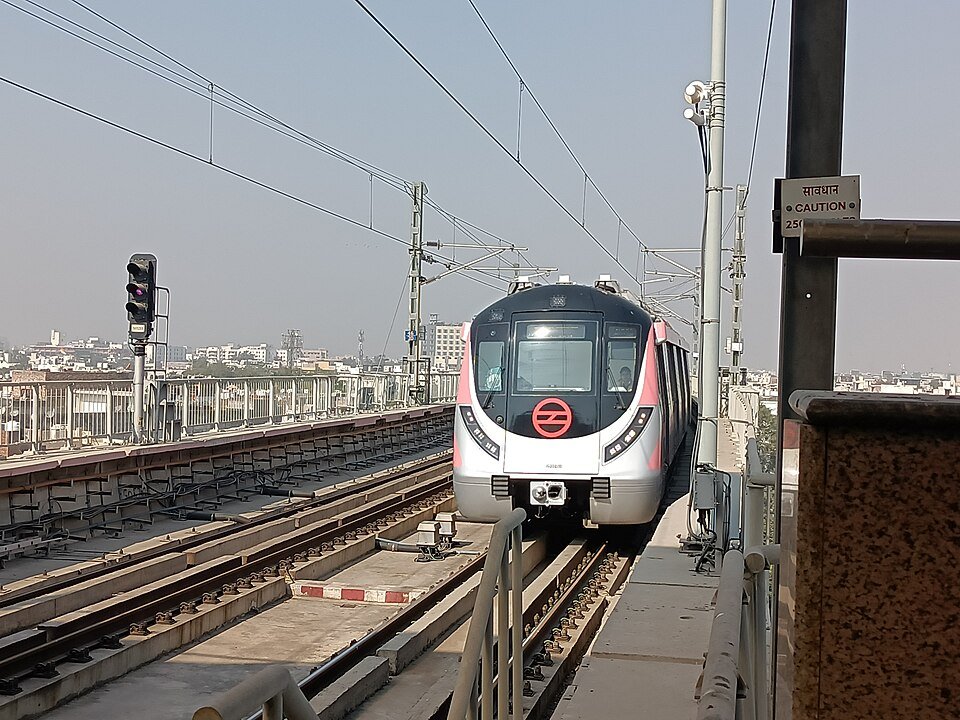Kearney India’s recent whitepaper, released Wednesday, addresses the escalating strain on India’s urban mobility infrastructure, driven by a projected urban population reaching 40% by 2030. The report underscores the transportation sector’s 12% contribution to national CO2 emissions and annual congestion costs exceeding $22 billion in Delhi, Mumbai, Bengaluru, and Kolkata, with six Indian cities ranking among the world’s nine most polluted.
The whitepaper details India’s expanding metro network, now spanning over 1,000 kilometers across 23 cities, with 950 kilometers under development and daily ridership surpassing 10 million, led by Delhi’s 7.8 million commuters. Suburban rail covers 3,600 kilometers across 10 cities, with Mumbai’s network serving 7.5 million daily. The bus sector, with 150,000 vehicles, struggles with 72% fleet utilization and low availability (0.26 buses per 1,000 people in major cities). Government initiatives like FAME, PM E-DRIVE, and PM-eBus Sewa aim for 31,000 electric buses by 2030 to curb emissions.
Kearney recommends a unified national regulatory authority, integrated multimodal planning, and expanded Public-Private Partnerships, alongside performance monitoring, transparent governance, and diverse revenue streams like advertising, land value capture, and carbon credits.
“India’s urban transit challenge requires integration. Empowered metropolitan transport authorities are key to seamless, cross-modal mobility,” said Manish Mathur, Partner at Kearney. Shovik Banerjee, also a Partner, emphasized: “Intelligent systems—AI-driven operations, real-time data, and multimodal last-mile connectivity—will make India’s mobility smarter, greener, and more inclusive.”
The report stresses that sustainable public transport is critical for inclusive urban development amid India’s rapid urbanization.
Image Credits- Delhi metro
